javadi
Chameleon Enthusiast
This was some fun on Facebook, so I’ll try it here too.
Here’s something fun. When swapping enclosures, I took out these three females representing three different calumma species and quickly took a few pictures. Can anyone successfully ID the three species shown here? The diversity among these small, often overlooked species is really quite remarkable! Multiple bloodlines worth of eggs incubating for 2/3 of these, one is only here temporarily.
The diversity among these small, often overlooked species is really quite remarkable! Multiple bloodlines worth of eggs incubating for 2/3 of these, one is only here temporarily.
Here’s something fun. When swapping enclosures, I took out these three females representing three different calumma species and quickly took a few pictures. Can anyone successfully ID the three species shown here?
Attachments
-
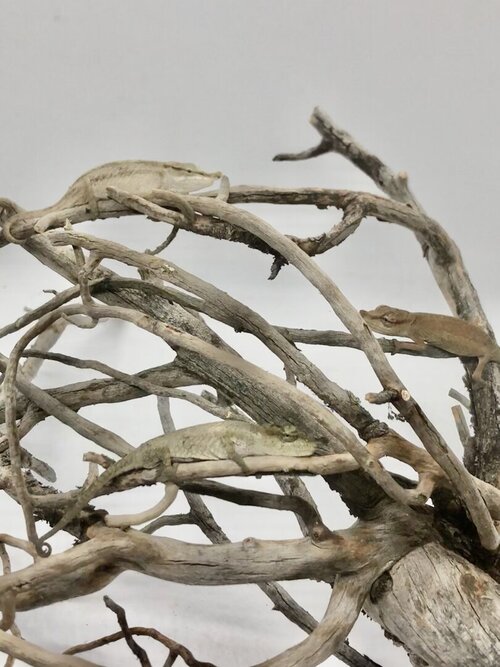 C171958A-99D9-40F0-A75A-DB5ED377B4DB.jpeg139.4 KB · Views: 87
C171958A-99D9-40F0-A75A-DB5ED377B4DB.jpeg139.4 KB · Views: 87 -
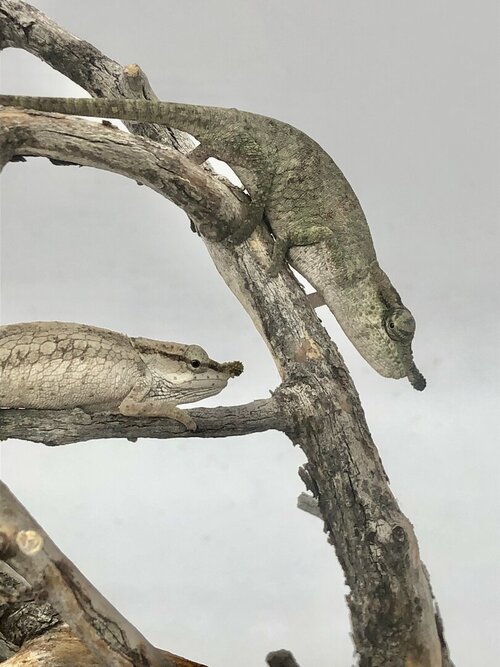 BD856E93-A776-4684-A792-51461A2A9A25.jpeg143.7 KB · Views: 80
BD856E93-A776-4684-A792-51461A2A9A25.jpeg143.7 KB · Views: 80 -
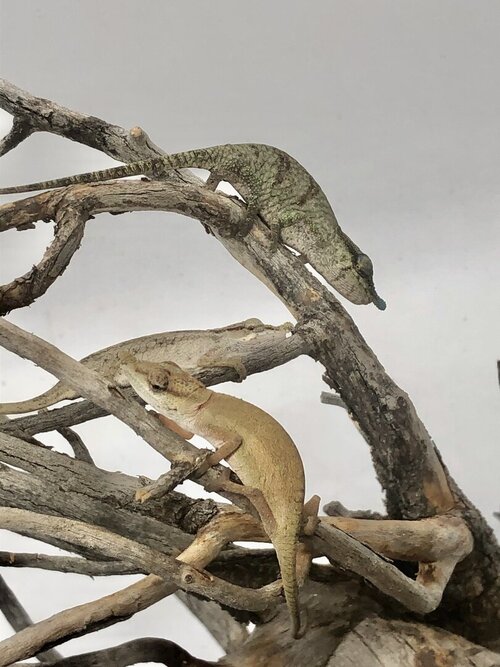 DB47A821-9590-4D5D-A7EE-DDF61F643A9B.jpeg159.2 KB · Views: 84
DB47A821-9590-4D5D-A7EE-DDF61F643A9B.jpeg159.2 KB · Views: 84 -
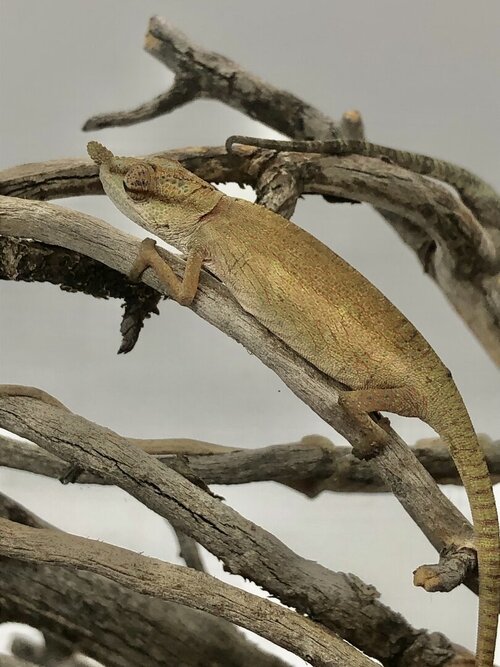 1C065E85-50FD-4812-9F22-F4A26A54CF3A.jpeg165.1 KB · Views: 80
1C065E85-50FD-4812-9F22-F4A26A54CF3A.jpeg165.1 KB · Views: 80 -
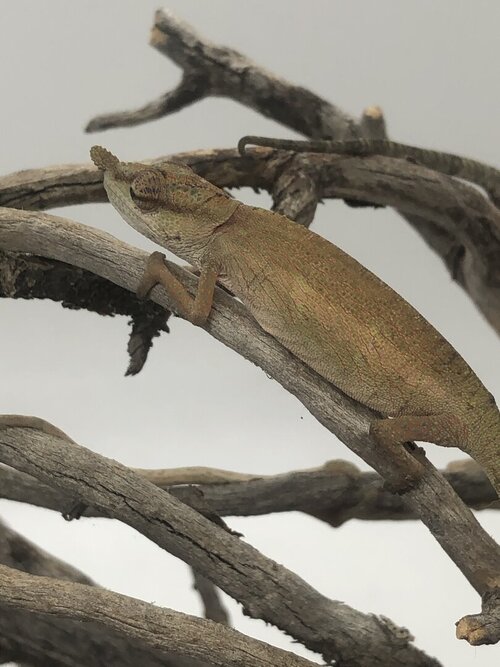 E2B0B959-4A0F-4AC9-8CDD-778DEB511E1A.jpeg135.3 KB · Views: 96
E2B0B959-4A0F-4AC9-8CDD-778DEB511E1A.jpeg135.3 KB · Views: 96 -
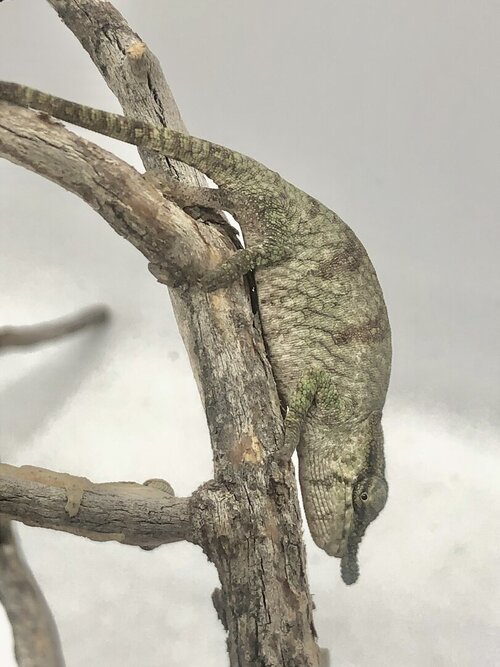 93271669-E6D1-401C-9BCA-634B2CD8A966.jpeg142.2 KB · Views: 86
93271669-E6D1-401C-9BCA-634B2CD8A966.jpeg142.2 KB · Views: 86








